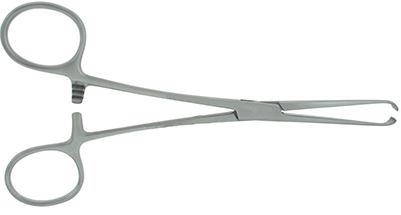Amniocentesis Needle is designed for utilization in pass through abdominal aperture of the uterus to allow removal of the small amount amniotic fluid throughout obstetric and gynecological processes.
Amniocentesis procedures drains a little amount of fluid from the hollow flexible structure around the baby in the developing place of the uterus. It is easily performed in a medical practitioner’s office or a health care center. The patient does not need to be admitted in hospital for days for this purpose.
Courtesy: Healthguru
Manufacturing Design: Amniocentesis Needle are manufactured for perceivable sampling in before birth diagnosis of the child. Usually one centimeter of spiral grooving on the distal tip offers a reflective uppermost periphery for improved visualization monitored through ultrasound enlightenment. These are usually self-locating slender probes to avoid hindrances. Sometimes these have got Color coded hubs for flexible recognition of needle dimension and gauge. Dimensional specifications includes ninety millimeters, one hundred and twenty millimeters, and one hundred and fifty millimeters. In order to eradicate patient’s trauma; the non-core needle tips are made really sharp.
Amniocentesis Needle
-
Significance to drain out of amniotic fluid
-
Less Trauma for Patient
-
Diagnosis of Birth Defects Through This Procedure
Surgical Procedure of Diagnosis: The patients will have a pregnancy ultrasound prior this this process. This helps health care practitioner to visualize where the baby is situated and positioned in the womb. Numbing medicine is then massaged onto subjected section of patient’s belly. At times, the medicine is provided via a hit in the skin on the section of subjected belly. Health care practitioner injects a lengthy, narrow needle into patient’s belly and subsequently into her womb. A little quantity of fluid usually four teaspoons is collected from the hollow flexible structure adjoining the baby. The fluid is then collected and delivered to a laboratory.
Purposes of Testing: Testing of the fluid on few purposes are as under:
- Identify infection
- Genetic Behaviors assessment
- Observation and recording of reading of alpha-fetoprotein (AFP) levels (a material yielded in the liver of the baby’s growth in womb)
- Culture for infection


